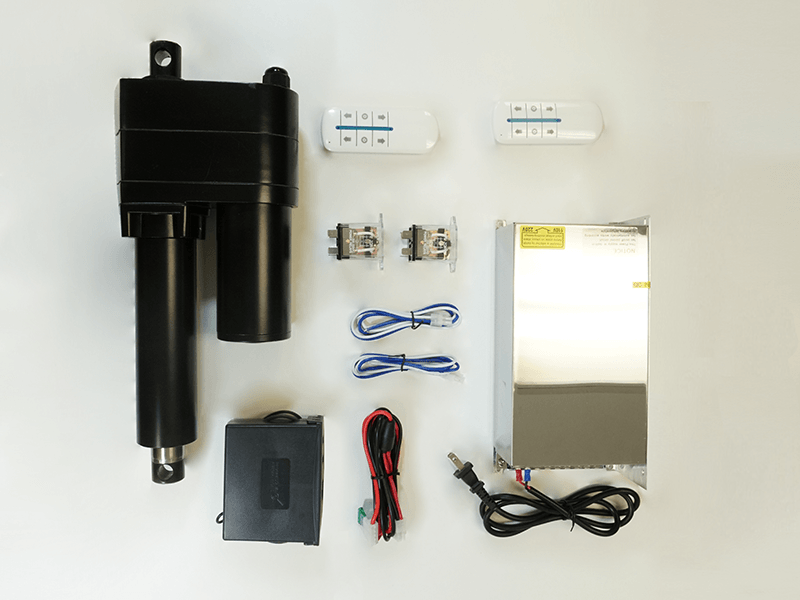Have you ever faced a situation where you must connect a high current actuator with a low current control box?
Heavy-duty actuators like the PA-17 and PA-13 have a significantly higher current draw than the average actuators and many control boxes are not designed to handle such high current. However, we can resolve this by using relays to bypass the current limit on control boxes.
In this blog, we will help you with a safe way to use a standard control box with high current actuators.
A relay is a simple component that uses an electromagnet to mechanically switch between contact points. A low current signal can run through the coil inside the relay to switch between the normally open node (NO) and the normally closed node (NC), in which each node can be connected to a high current voltage source to power the high current unit. This allows a low current device to control a high current application. In this article, we are trying to use a relay to control a high current actuator with a low current control box.
Components
1 x PA-28 control box with per channel current rating of 15A.
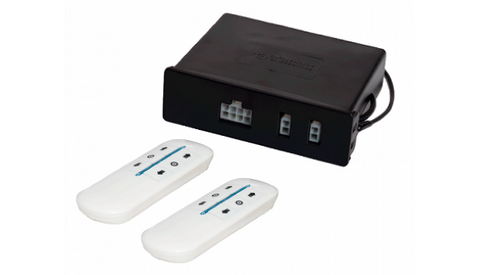
1 x PS-40-12 110-220VAC to 12VDC power supply with a current rating of 40A.

2 x AC-30-30-12 Single Pole Double Throw Relay.

Any high current actuator (PA-17 or PA-13).
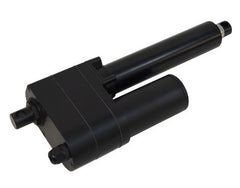

Wiring Instruction
To bypass the current limit on the control box, we will need to use the control box output current to drive the relays instead of directly powering the high current actuators. So first we need to connect each of the output pins from the control box to one of the input pins on both SPDT relays (figure 1).

Then we will take the positive and negative output from the actuator and connect them to each of the output pins on the two SPDT relays (figure 2).
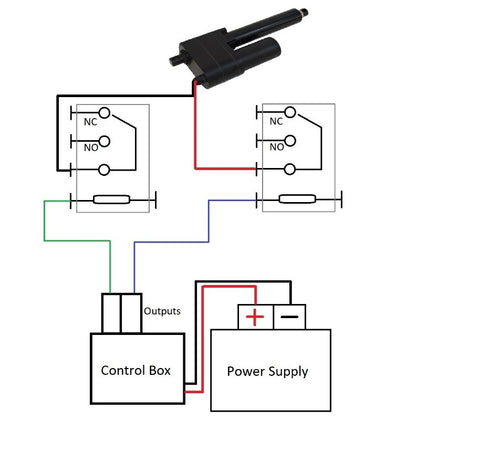
To complete the relay input circuit, we will need to connect the remaining input pins from both relays to the ground (figure 3).
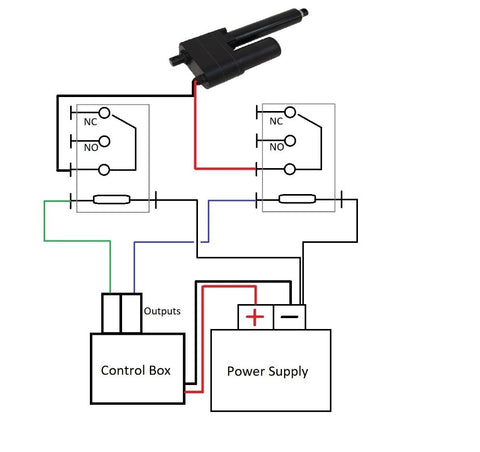
All that remains is to connect the power source to relay, so it can drive the actuator. To do that, we will connect the negative terminal from the power supply to the Normally Close Node (NC), and the positive terminal of the power supply to the Normally Open Node (NO) for both relays (figure 4). Now the circuit is complete.
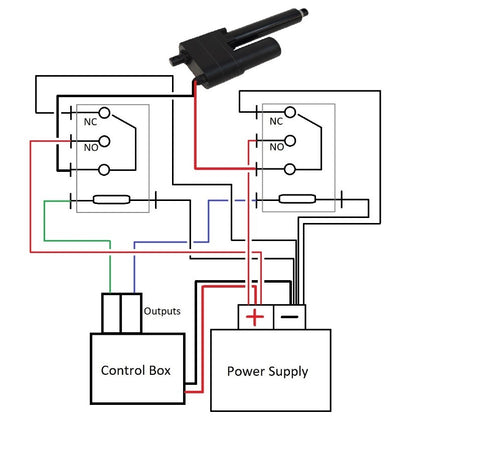
Operation
When no power is applied, both relay output is connected to the NC pins (0VDC), which is connected to the ground. Therefore, the actuator is receiving 0VDC from the relays, and it remains stationary.
When an extended command is issued to the control box, Relay A will receive 12VDC from the control box, and Relay B will receive 0VDC. This will cause Relay A output to switch to NO pin (12VDC), and Relay B output remain at NC (0VDC). At this point, the actuator will receive +12VDC from the output of the relays, and it will extend.

When a retract command is issued to the control box, Relay A will receive 0VDC, and Relay B will receive 12VDC. This will cause Relay A output to remain at NC (0VDC), and Relay B output to switch to NO (12VDC). At this point, the actuator will receive -12VDC from the output of the relays, and it will retract.
Since the power is supplied from the power supply through the relays, it will not go through the control box; effectively bypassing the current limit on the control box.
Heavy-duty actuators can provide the power needed to drive high load applications, but with the high current rating, it can be difficult to find the right control box. With this instructional article and a few relays, this problem can be solved with very little time and resources. Check out the blog for instructional information and much more!
If you have any questions, give us a call at 1-800-676-6123 or email us at sales@progressiveautomations.com.
